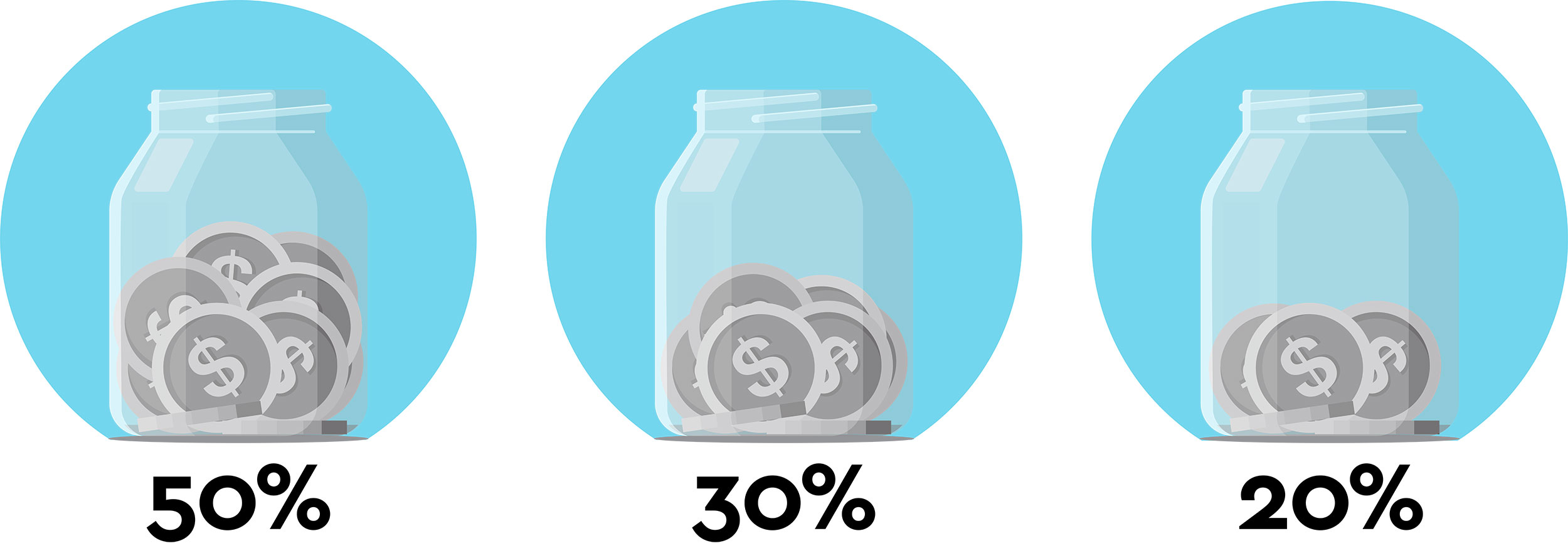Practical ways to help kids learn about money.
Key takeaways:
- Start with a simple system so kids can see and manage it rather than dealing with abstract concepts.
- Offer kids age-appropriate ways to earn so they understand that money usually comes from their own work, not just an allowance.
- Allow kids to make small money mistakes now, while the cost is low, so they can avoid bigger mistakes later.
You might feel like your money lessons are sinking in when you see your child tuck their birthday money in a piggybank or skip an impulse buy. But keep in mind that early wins are just the beginning. A recent Pew Research Center survey found that only 41% pew research link opens in a new window of young adults ages 18 to 29 say they know a great deal or fair amount about personal finance. This might indicate that more can be done to help kids expand their personal finance knowledge before entering adulthood.
Here are 4 practical ways families can help kids grow their money confidence.
- Consider the 3-Jar Approach
For young children ages 5–8, create a simple system they can see and understand. You might set up three clear jars labeled “spend,” “save,” and “share.” Every time they receive money, whether birthday cash or coins found around the house, help them split it up.
- Jar 1 – 50% for spending
You can give your child the chance to decide how they’ll spend their money and let them experience the consequences. If they make an impulse purchase they later regret, they’ll be less likely to repeat that money mistake in the future. For example, if they buy that toy now, they may not have enough money for other things they want in the near future.
- Jar 2 – 30% for saving
Many parents find it helpful to encourage kids to set aside a portion of any money they earn or receive for the future – like that new bike they really want.
- Jar 3 – 20% for sharing with others
Whether it’s a local fundraiser or a national charity, encourage your child to donate to a cause they care about. Talk with them about how their money could help others.
The physical act of moving coins between jars helps them remember these lessons better than any explanation could.

- Use shopping as a learning opportunity
A regular grocery trip can be a surprisingly practical money lesson for your preteen. You might give them $20 and invite them to buy ingredients for dinner. Suddenly, they’re comparing unit prices, calculating totals, and choosing between what they want and what they can afford. You'll both find out how they did when the cashier rings everything up. If they put too much in their cart, they experience the consequences of having to put items back on the shelf.
- Show how work connects to earning
Instead of automatically giving them a weekly allowance, help children understand that money usually comes from doing work for other people. Offer opportunities to earn money that make sense for their age, like $5 for washing the car, $3 for organizing the garage, or $2 for helping elderly neighbors with yard work. For teenagers, part-time work can be a good way to deepen money lessons. When they work for their cash, they naturally make more thoughtful spending choices than when money simply appears from parents. Student banking account link opens to a Commerce page tools can help them track their spending and see where their money goes.
- Allow small mistakes to become learning moments
Give your children chances to mess up with money while the costs stay small. If your 8-year-old spends all their allowance on candy the first day and has nothing left for the toy they wanted, it can help to step back and let the moment play out naturally. Later, have a conversation about what happened and explore how they might handle it differently next time. It’s better for them to experience buyer’s remorse with a $5 purchase than a $500 one as adults. Talk about what went wrong and figure out a plan for next time.
Everyday choices about spending can create natural opportunities for your child to learn about money. Even small steps can give your child valuable practice with money and help them grow lasting confidence.
Disclosures:
To view or print a PDF file, Adobe® Reader® 9.5 or above is recommended. Download the latest version.

